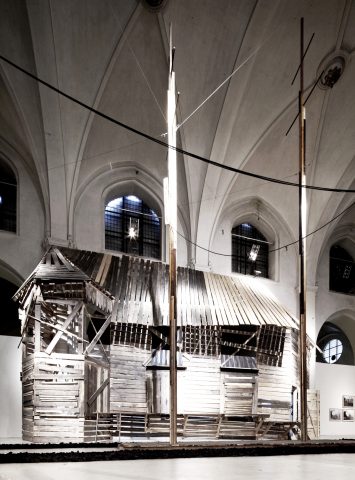

After a generation or two of success, the Vikings began to reach full momentum. 834 – Historians note a change in Viking activity around this year from smaller-scale raids to larger, longer-term movement of armies.Vikings would take great advantage of this political discord. 814 – The death of Charlemagne and the partitioning of his Empire amongst quarreling heirs.810 – Frisia (in modern-day the Netherlands) ravaged by the Viking sea king, Godfred.800-830 - The iconic Oseberg Viking ship burial of a Queen and (possibly) a Princess.800 – Charlemagne builds coastal defenses against the Vikings.799 – The rich domain of Aquitaine in France attacked by Vikings.


The battle is celebrated in numerous sagas and recorded in the Gesta Danorum. Sigurd won and became King of Denmark and Sweden. 740 – The massive legendary Battle of Bravellir was fought between Harald Wartooth, King of Denmark, and Sigurd Hring, King of Sweden.540-790 – The Vendel Period in Scandinavia, a time of change and rebuilding that provided the cultural and economic foundations of the Viking Age.Spellings of names and places also vary based on transliteration and sources. Please note that exact dates are notoriously difficult to pin down during the 'Dark Ages,' so some of the dates here are approximate and based on mainstream scholarly consensus. It is by no means comprehensive but only offers some sense of structure for this dynamic period in human history. This is a chronology of some of the leading people and events of the Viking Age.


 0 kommentar(er)
0 kommentar(er)
